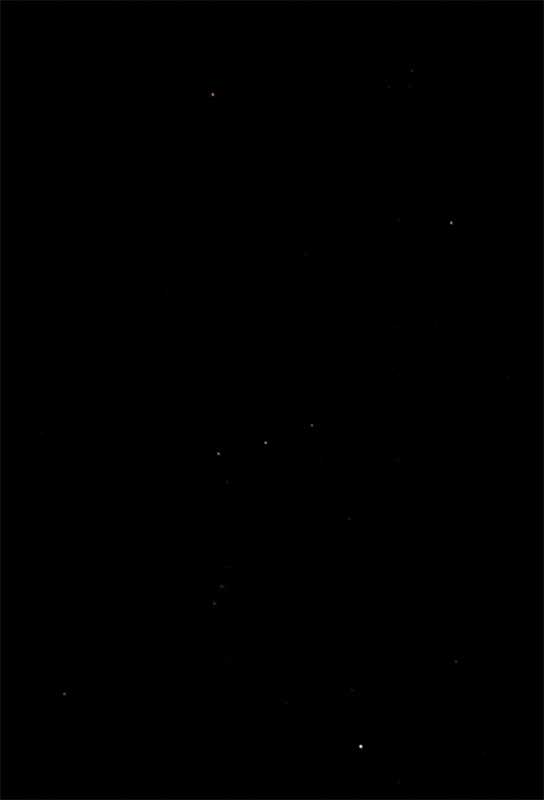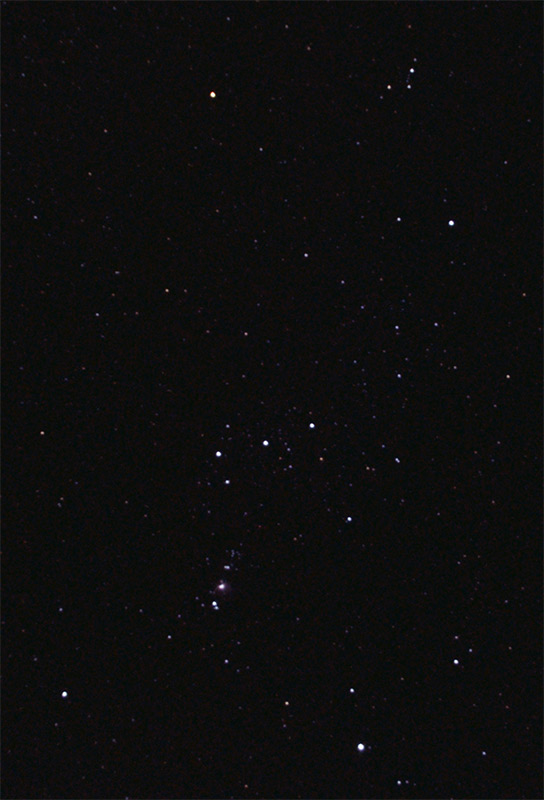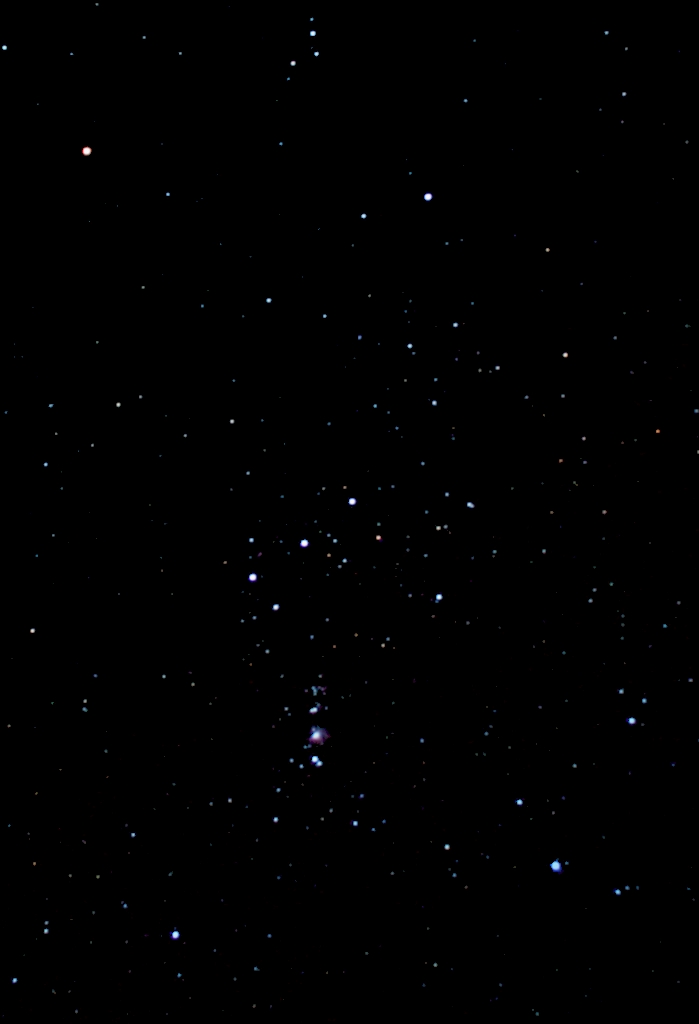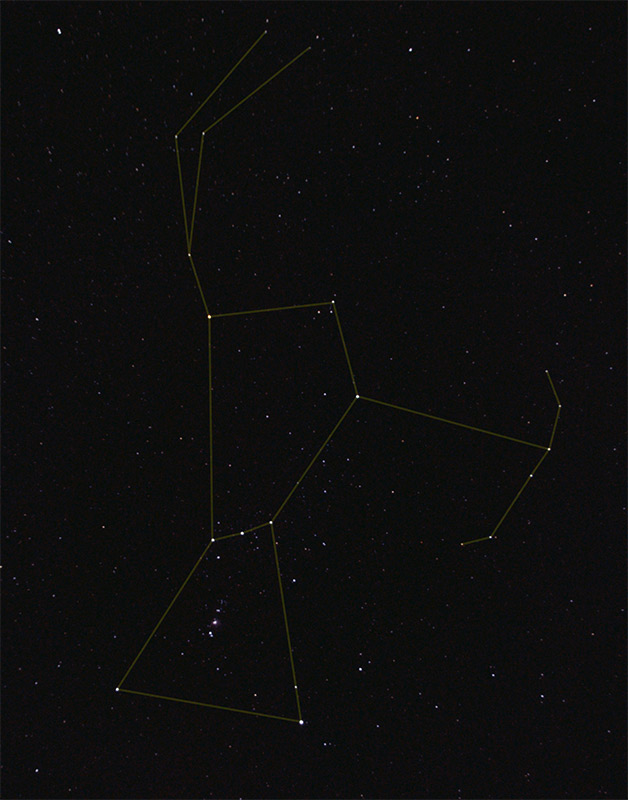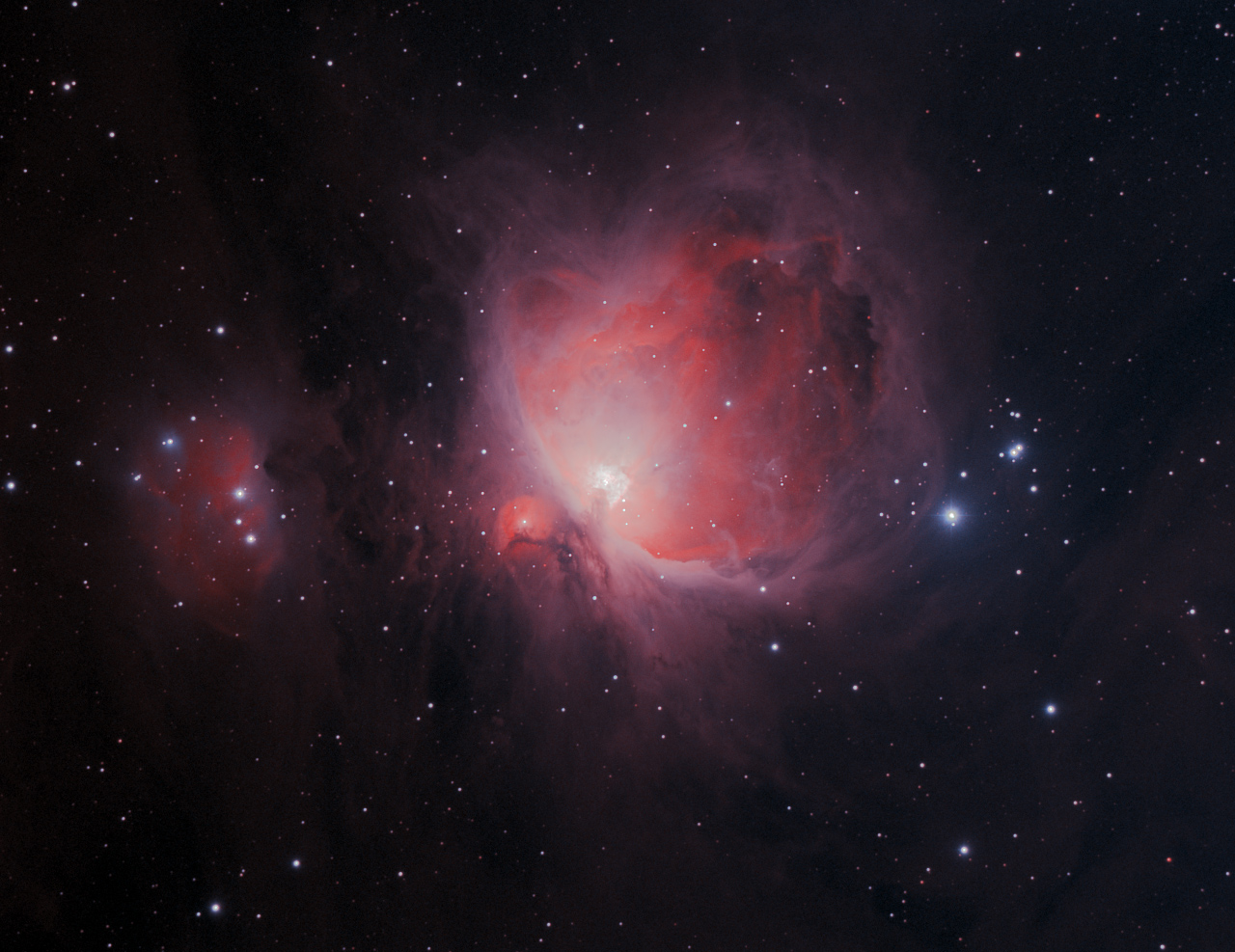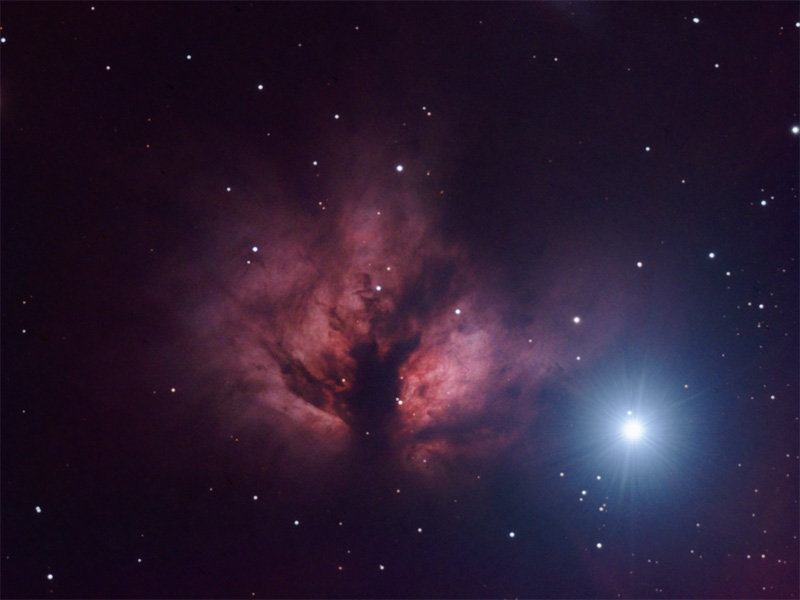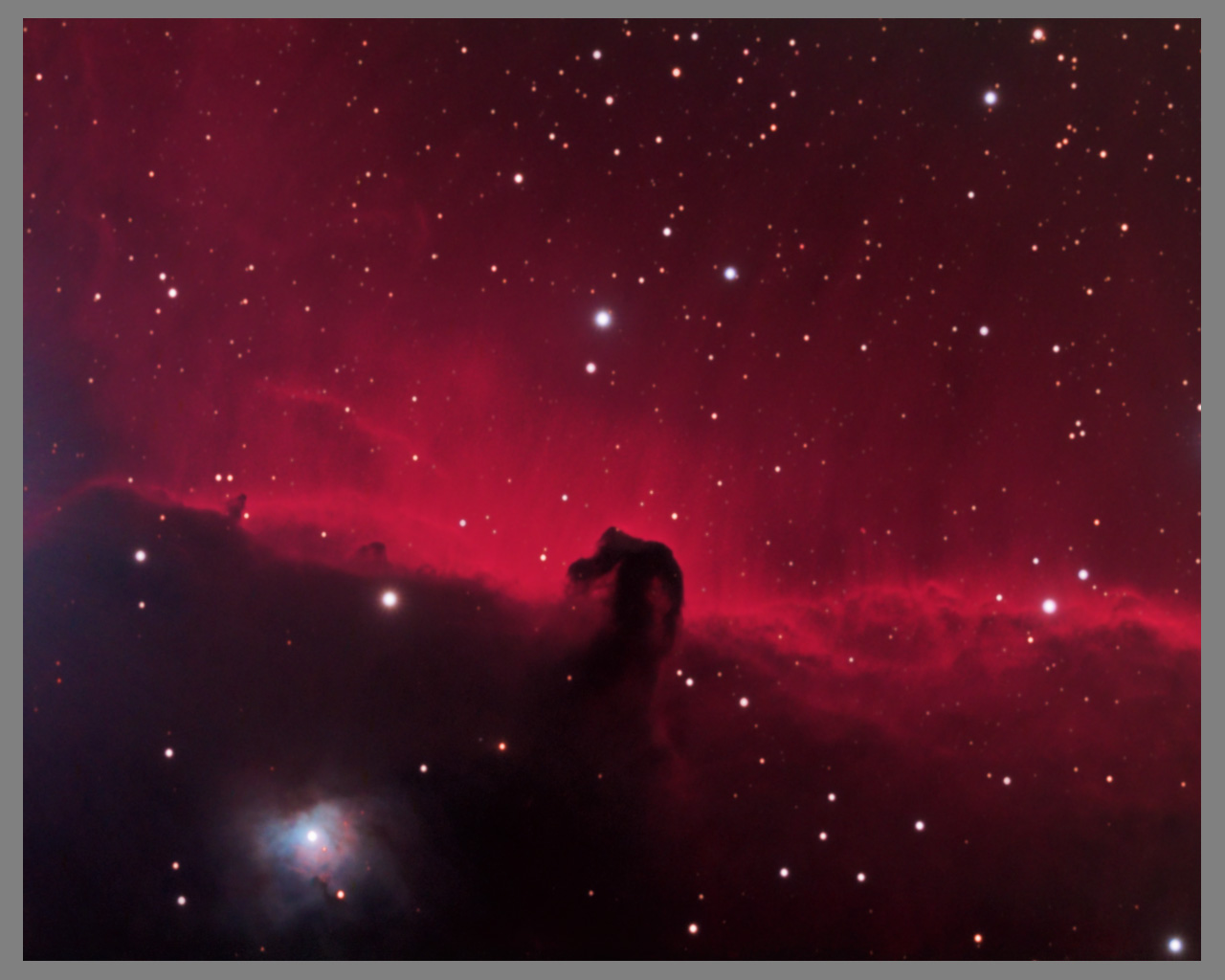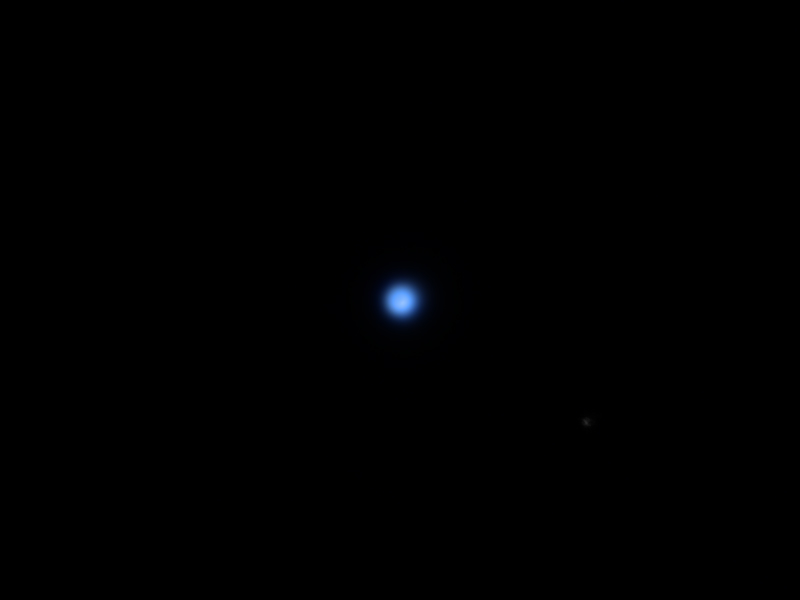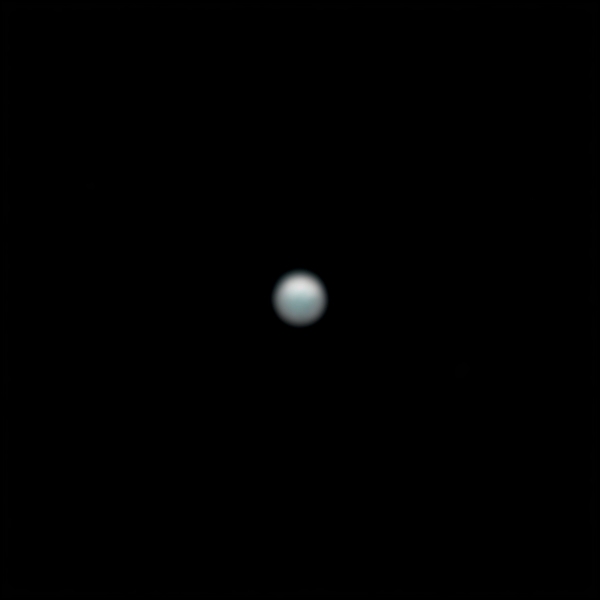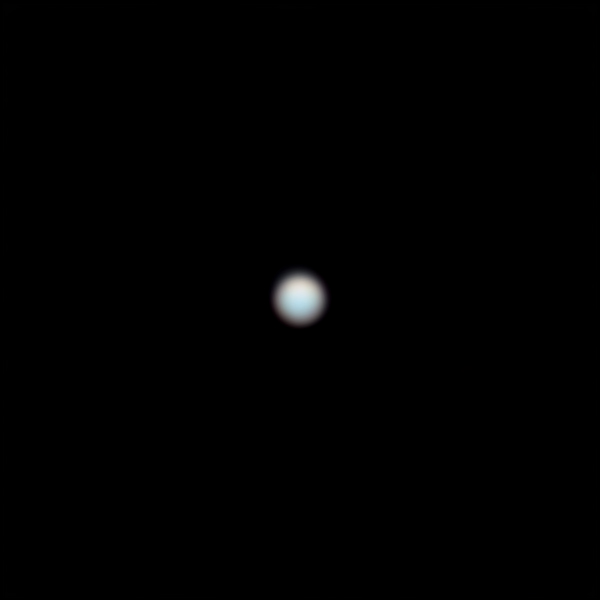Here it is over Irvine from my house (click for full size):
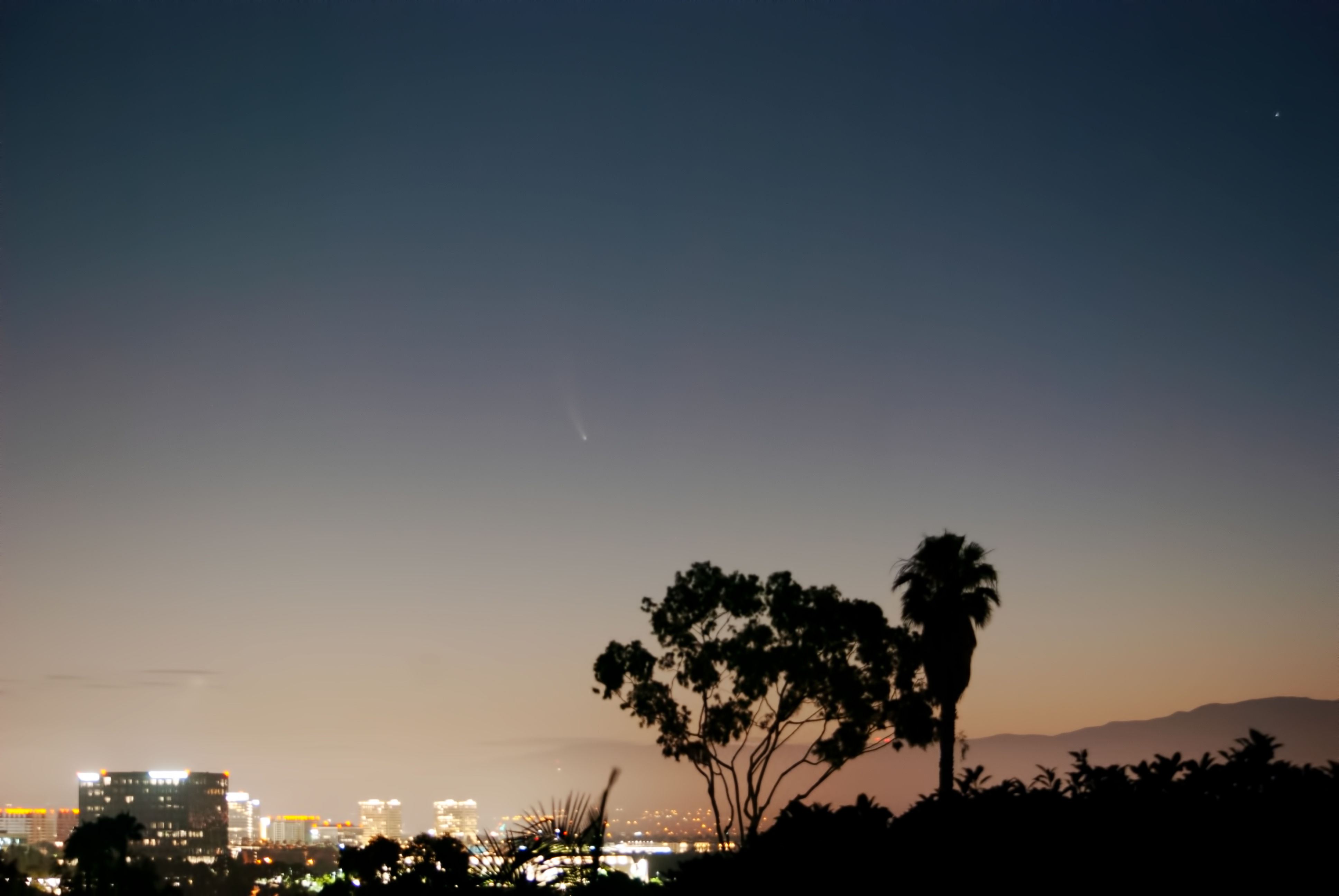 |
| Comet NEOWISE C/2020 F3 over Irvine 7/12/2020 |
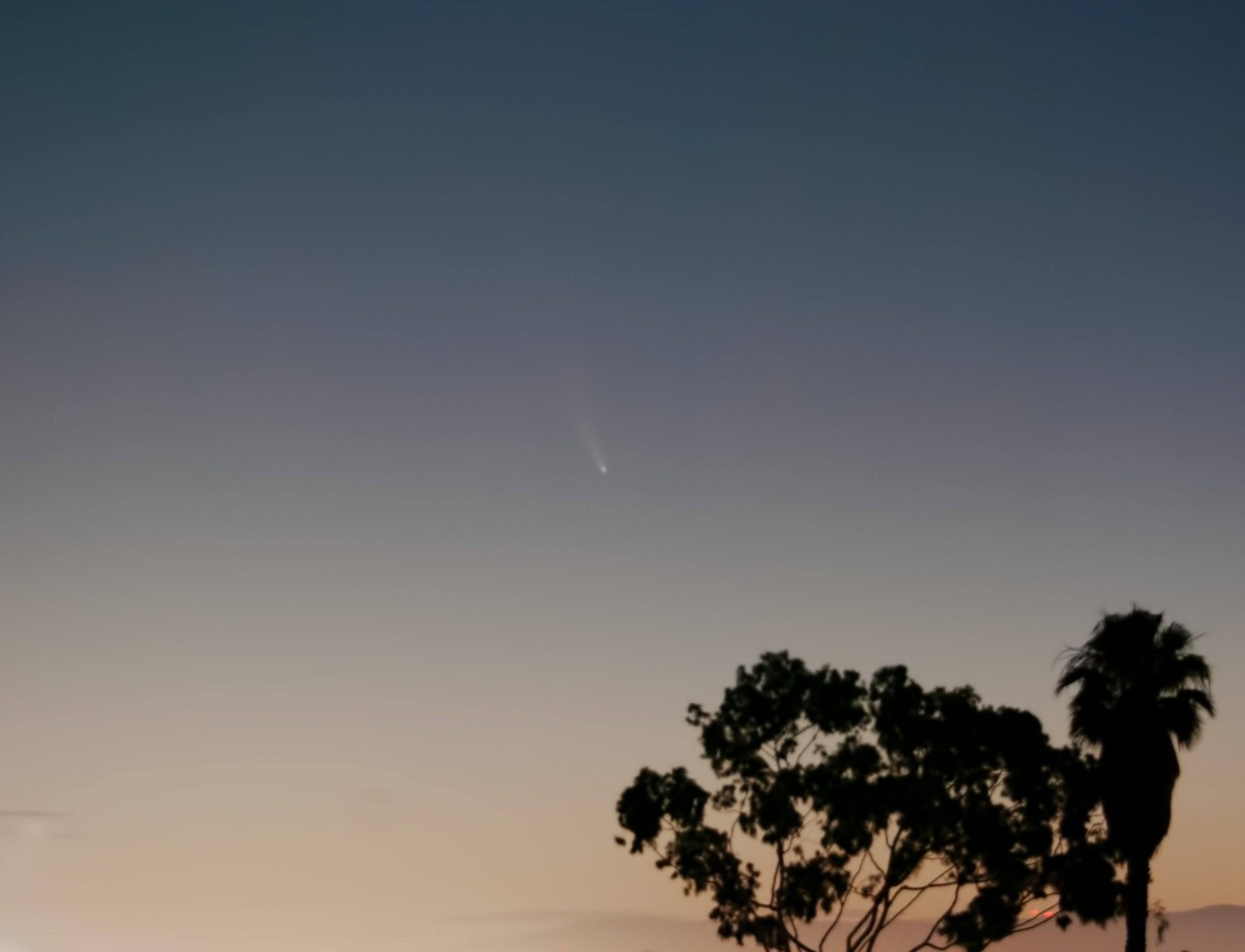 |
| Comet NEOWISE C/2020 F3 7/12/2020 |
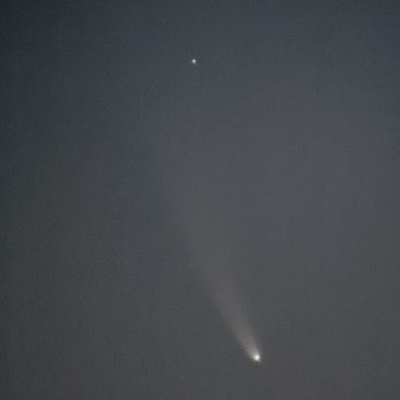 |
| Comet NEOWISE C/2020 F3 7/12/2020 |
Observations:
the comet was not visible to the unaided eye. the contrast in binoculars about matched the wide field image (canon 15x50 IS). it started fading markedly at 5:00 AM and was lost to view at 5:15 AM
after days of getting up painfully early to clouds, i caught it this morning. the sting of the early rise was mitigated by the fact that the 10 degree arc of horizon visible from my bedroom balcony aligned perfectly with the comet.
Nikon D-60, AF-S DX NIKKOR 55-300mm f/4.5-5.6G ED VR,
wide: f/4.5 @ 55 mm, ISO 800, 3.0 sec, 4:58 AM
narrow: f/5.6 @ 300 mm, ISO 800, 3.0 sec, 4:43 AM
7/12/2020
Eastbluff, CA
